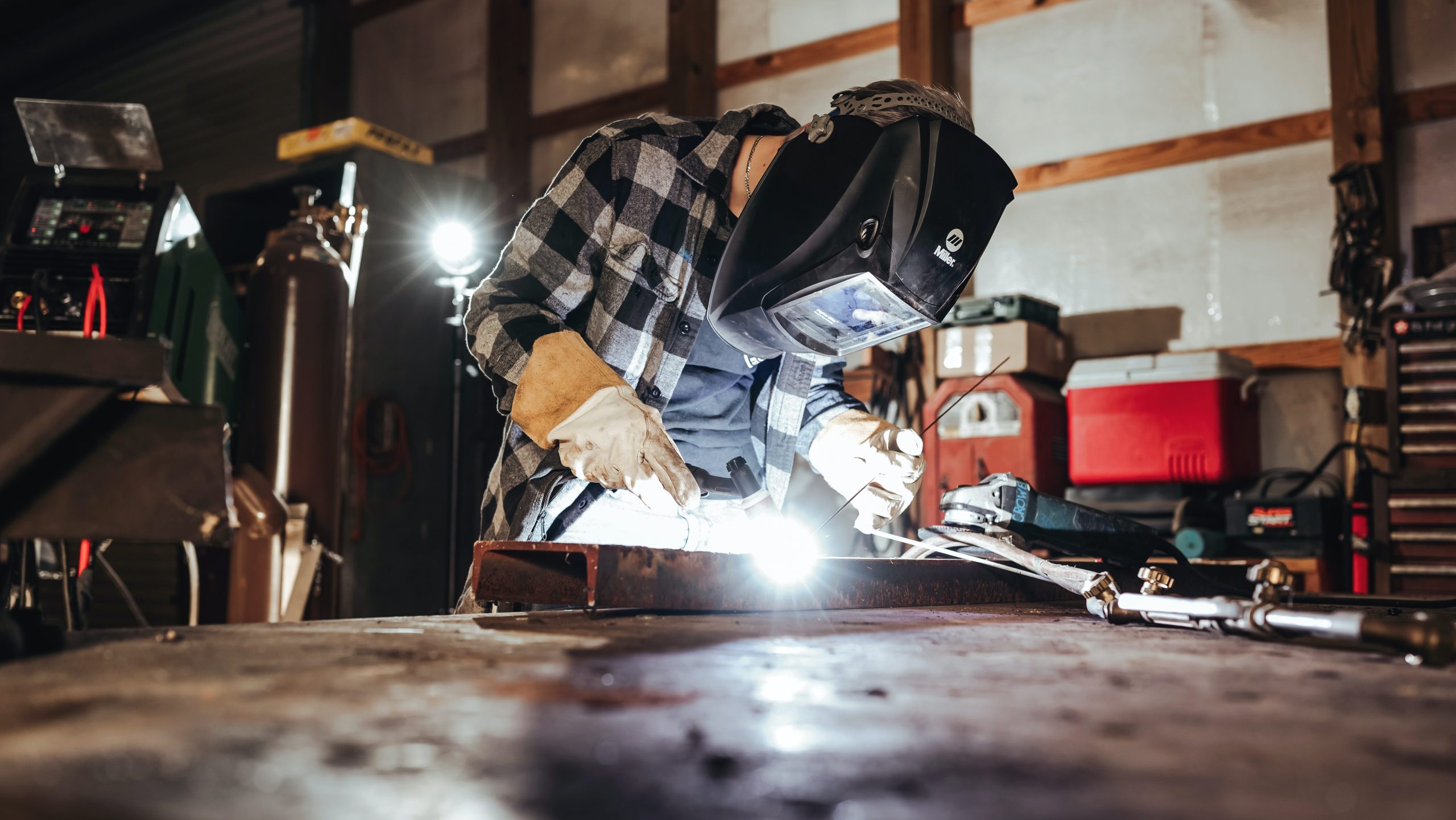
Welding Gasses and Their Uses: A Comprehensive Guide
Have you ever wondered about the different types of welding gasses and their uses? In the world of welding, gasses play a crucial role in the process, affecting the quality and strength of the weld. In this article, we’ll dive into the most common welding gasses, their characteristics, and the applications they’re best suited for. Let’s get started!
- The Role of Gasses in Welding
- Argon: The Go-to Gas for TIG and MIG Welding
- Carbon Dioxide: A Cost-effective Shielding Gas for MIG Welding
- Oxygen: Enhancing Flame and Arc Characteristics
- Helium: The High-heat Gas for Advanced Applications
- Acetylene: The Fuel Gas for Oxy-Fuel Welding
- Choosing the Right Gas for Your Welding Project
- Conclusion: The Power of Gasses in Welding
- FAQs
The Role of Gasses in Welding
Welding gasses serve various purposes in the process. They act as a shielding gas, protecting the molten metal from contaminants and atmospheric gases, such as oxygen, nitrogen, and water vapor. Some gasses also help in stabilizing the electric arc, while others contribute to the weld’s overall quality and appearance. So, which gas should you use for your welding project? Let’s explore the most common types.
Argon: The Go-to Gas for TIG and MIG Welding
Argon, a noble gas, is one of the most widely used welding gasses due to its inertness and low reactivity. It provides excellent arc stability and is ideal for TIG welding and MIG welding on various materials, including aluminum, stainless steel, and other non-ferrous metals. Argon is often mixed with other gasses, such as carbon dioxide or helium, to enhance its properties and suit different applications.
Carbon Dioxide: A Cost-effective Shielding Gas for MIG Welding
Carbon dioxide (CO2) is another popular welding gas, primarily used in MIG welding. It is an active gas, meaning it reacts with the molten metal, providing deeper penetration and increased weld strength. CO2 is often preferred for its cost-effectiveness and suitability for welding thicker materials. However, it may produce more spatter and a less visually appealing weld compared to argon.
Oxygen: Enhancing Flame and Arc Characteristics
Oxygen, an active gas, is primarily used in oxy-fuel welding, cutting, and brazing processes. When combined with a fuel gas like acetylene, it creates an intensely hot flame, allowing for the melting and joining of metals. Oxygen is also used in small amounts as an additive in other welding processes to improve arc stability and weld penetration.
Helium: The High-heat Gas for Advanced Applications
Helium is an inert gas used in TIG welding and MIG welding for its high heat transfer capabilities, allowing for faster welding speeds and deeper penetration. It is often mixed with argon to improve weld quality and appearance. Helium is suitable for welding thicker materials and non-ferrous metals, such as aluminum and copper. However, its higher cost and lower availability make it less common than argon or CO2.
Acetylene: The Fuel Gas for Oxy-Fuel Welding
Acetylene is a highly flammable gas used as a fuel in oxy-fuel welding, cutting, and brazing processes. When combined with oxygen, it produces a high-temperature flame, allowing for efficient metal joining and cutting. Acetylene is widely used in the welding industry due to its versatility and portability. However, it requires proper handling and safety precautions to prevent accidents.
Choosing the Right Gas for Your Welding Project
Selecting the right gas for your welding project depends on several factors, such as the welding process, material type, thickness, and desired weld quality. Make sure to consult with experts or refer to welding training and certification materials to make an informed decision. Additionally, always adhere to proper safety guidelines and use appropriate safety equipment to ensure a safe and productive welding experience.
Conclusion: The Power of Gasses in Welding
Welding gasses play a vital role in the welding process, influencing weld quality, strength, and appearance. By understanding the different types of gasses and their uses, you can make informed decisions for your welding projects and ensure optimal results. Whether you’re using argon for TIG welding, CO2 for MIG welding, or acetylene for oxy-fuel welding, always prioritize safety and follow industry best practices.
FAQs
- What is the most common welding gas?
Argon is the most common welding gas due to its versatility, inertness, and suitability for TIG and MIG welding processes. - Can I use one gas for all welding processes?
No, each welding process requires specific gas compositions to achieve optimal results. It’s essential to choose the right gas based on the welding method, material type, and desired weld quality. - Is it safe to store welding gasses in my workshop?
Yes, as long as you follow proper storage guidelines and safety precautions. Store gas cylinders upright, secure them to prevent tipping, and keep them away from heat sources or open flames. - How do I dispose of empty welding gas cylinders?
Contact your gas supplier or local waste management facility for guidance on disposing of or recycling empty gas cylinders. - What is the difference between active and inert welding gasses?
Active gasses, such as carbon dioxide and oxygen, react with the molten metal during the welding process, affecting the weld properties. Inert gasses, like argon and helium, do not react with the molten metal and primarily serve as a shielding gas.
